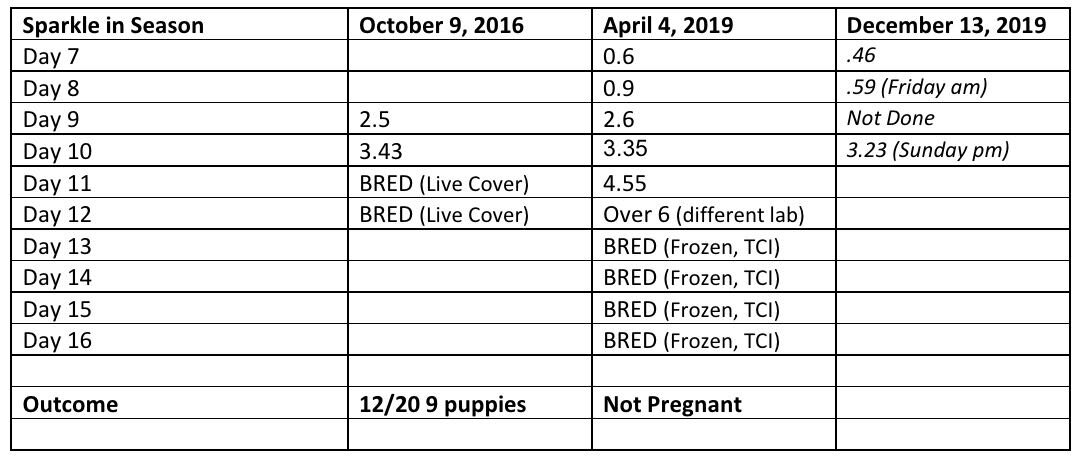Breeding dogs — well — seems like it would be so easy.
It is not.
Dear Husband and I left Salt Lake City early yesterday in order to make it to our vet over 500 miles away before they closed so that we could have the same lab run Sparkle’s latest progesterone test.
Would I have preferred to stay longer with the family? Of course.
Headband by a member of our Berner community, Carrie; the link to her shop is HERE.
But this breeding also matters to me — a lot. And so we drove back to Montana to help maximize success in yet another small but important way — having the same lab run the progesterone to ensure reliability of results.
We made it.
“Where are my cookies?!”
Conventional breeding “wisdom” says that ovulation occurs at about 5.0 and then the eggs need to mature for a day or two — and so you start breeding a day or two after you see 5.
But I have traditionally used a more research-based approach, breeding three days after the girl hits a number between about 1.0 - 2.0 (see, for example, this article). When I have not followed my “read” of the research, things have not gone well.
This time, I am sticking to my guns: Sparkle needs to be bred three days after her progesterone is between 1.0 and 2.0. I do not care what the values are after that — the range between 1.0 and 2.0 is what starts the clock.
Ponder this chart of data — the numbers in the table are progesterone results.
When do you believe Sparkle should be bred?


